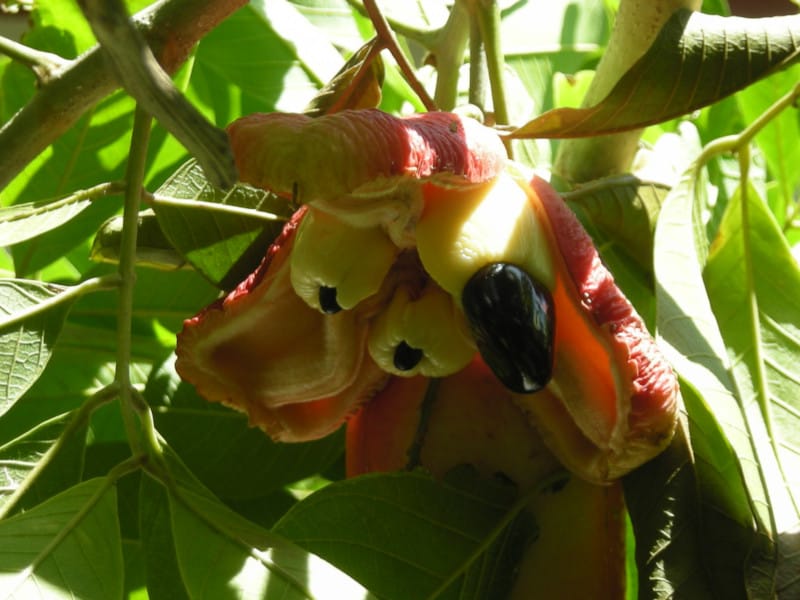
Ackee Tree Facts
- Perhaps most notably, the amazing Ackee Tree is a species that many people outside of its native habitat remain completely unaware of.
- Its scientific name, Blighia sapida, actually honors Captain William Bligh, who first introduced the species to science, in England, in 1793.
- In a rather interesting quirk of Nature, the unripe fruit of the tree is very toxic, whereas when ripe, it becomes consumable and nutritious.
- Fortunately, the tree appears to be present in sufficient numbers throughout its range, so the IUCN does not consider it in danger.
Related Articles
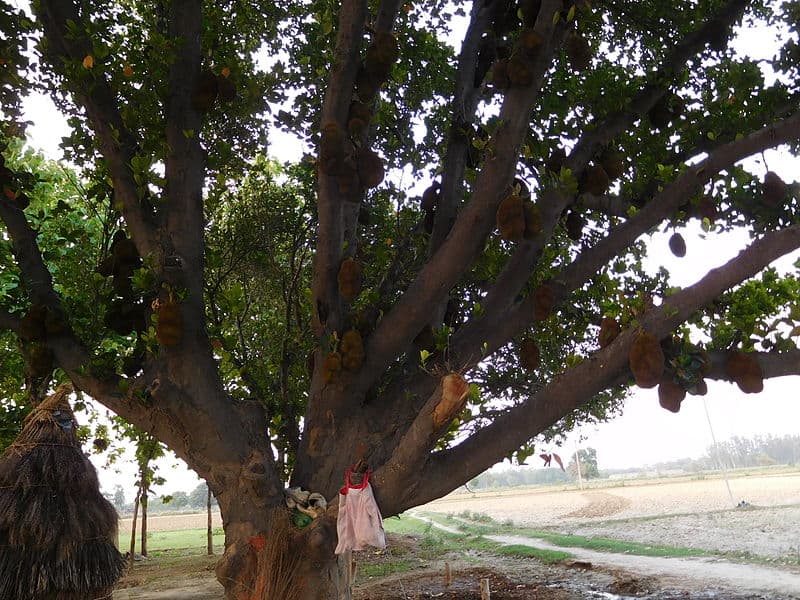
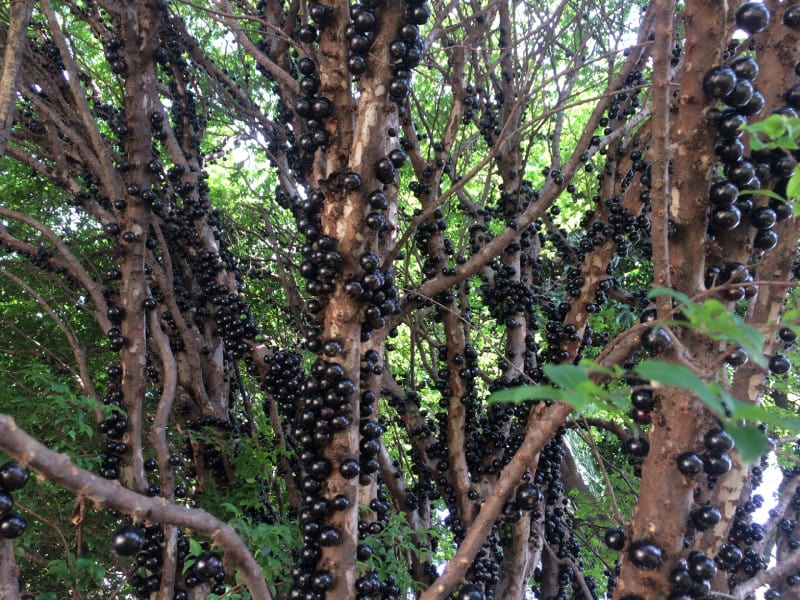
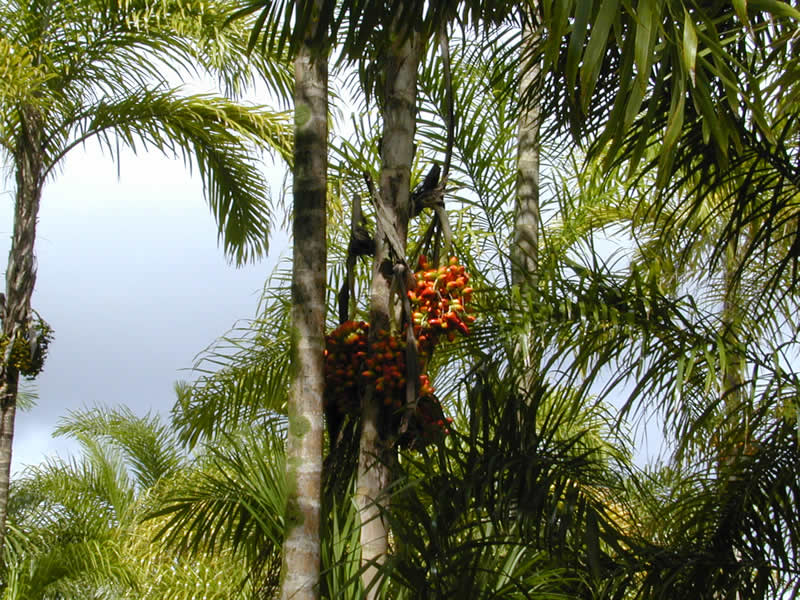
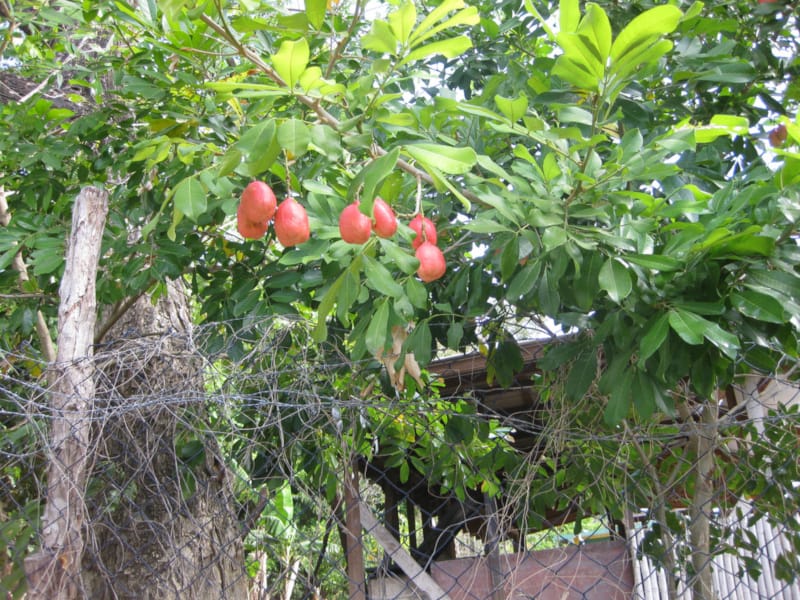
Ackee Tree Physical Description
Firstly, the intriguing Ackee Tree represents a moderate-sized variety of fruit-bearing tree. It typically reaches about 33 ft (10 m) in height.
Further, the trunk most commonly grows relatively short, while the crown of this species develops as somewhat dense compared to similar trees.
In addition, the feather-like leaves, growing along thin stems, develop a dark green in color, and attain an average length of about 4.7 in (12 cm).
Also, the unisexual and strongly scented flowers of this species develop in small clusters, about 8 in (20 cm) long, with 5 greenish-white petals.
It is the pear-shaped fruit, however, for which it is best known. Averaging 7 oz (200 gms) in weight, it turns bright red or yellowish-orange when ripe.
Uniquely, this fruit splits open when ripe, revealing three large black seeds. These are surrounded by a spongy covering with the consistency of scrambled eggs.
- Kingdom: Plantae
- Phylum: Angiosperms
- Class: Eudicots
- Order: Sapindales
- Family: Sapindaceae
- Genus: Blighia
- Species: B. sapida
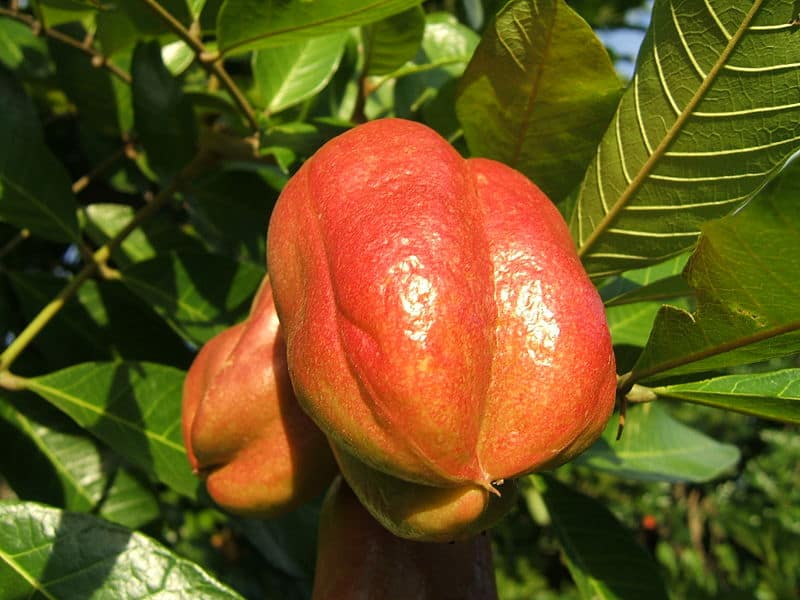
CCL: http://bit.ly/2IjEG4n
Ackee Tree Distribution, Habitat, and Ecology
Certainly, the awesome Ackee Tree now has a fairly wide distribution, thanks to man. However, it evolved as native to western Africa.
In addition, humans introduced it into the Caribbean Islands centuries ago, where it thrived in the moist, tropical climate of the region.
Despite the strongly toxic nature of the unripe fruit, it has also become a staple of local cuisine in Jamaica, and even lists as the national fruit there.
It has also been introduced into the state of Florida, in the United States, where it has begun to gain popularity locally, to a limited degree.
Finally, in its native habitat, it quite naturally reproduces via seeds. However, in cultivation, the primary method has become cuttings.
Species Sharing Its Range

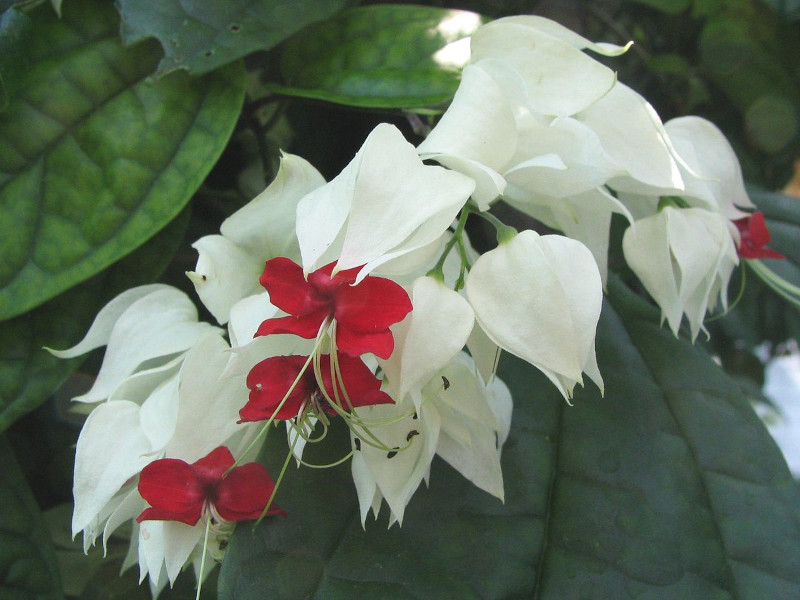
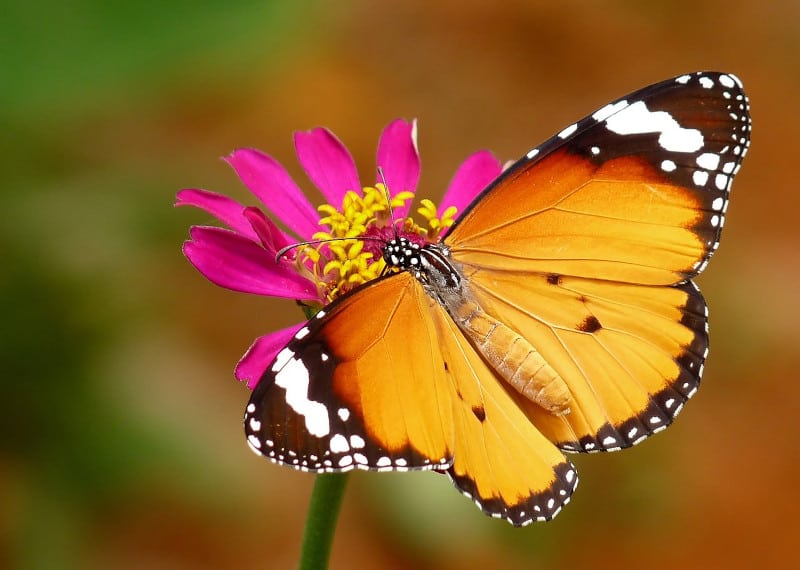
Check out our other articles on Chinese Giant Salamander, North American Gulches and Canyons, Socotra Bluet, Texas Horned Lizard, Giant Manta Ray, Christmas Cactus, Hyacinth Macaw









Leave a Reply